E-commerce Growth
The Stevedoring and Marine Cargo Handling Market is significantly impacted by the rapid growth of e-commerce, which has transformed logistics and supply chain dynamics. As online shopping continues to gain traction, the demand for efficient cargo handling services has surged. Recent data indicates that e-commerce sales are expected to grow by over 20 percent annually, driving the need for streamlined logistics solutions. This growth compels stevedoring companies to adapt their operations to accommodate increased volumes and faster delivery expectations. Consequently, the industry is likely to witness innovations in cargo handling processes to meet the evolving demands of e-commerce, thereby reshaping the competitive landscape.
Growing Trade Volumes
The Stevedoring and Marine Cargo Handling Market is significantly influenced by the increasing trade volumes across various regions. As economies expand, the demand for efficient cargo handling services rises correspondingly. Recent statistics indicate that global trade volumes have surged, with container traffic projected to grow by approximately 4 percent annually over the next five years. This growth necessitates enhanced stevedoring services to manage the influx of goods effectively. Consequently, ports are investing in infrastructure improvements and expanding their capacities to accommodate larger vessels and higher cargo loads. This trend underscores the critical role of stevedoring in facilitating international trade and ensuring supply chain efficiency.
Regulatory Compliance
The Stevedoring and Marine Cargo Handling Market is subject to stringent regulatory frameworks aimed at ensuring safety and environmental protection. Compliance with international maritime regulations, such as the International Maritime Organization's guidelines, is essential for operators. These regulations often necessitate investments in safety training and equipment, which can drive operational costs. However, adherence to these standards can enhance a company's reputation and operational reliability. Moreover, as regulations evolve, particularly concerning environmental sustainability, companies that proactively adapt may gain a competitive edge. The emphasis on compliance is likely to shape the strategic decisions of stakeholders within the industry.
Sustainability Trends
The Stevedoring and Marine Cargo Handling Market is increasingly aligning with sustainability trends as stakeholders recognize the importance of environmentally responsible practices. The push for greener operations is prompting companies to adopt eco-friendly technologies and practices, such as using alternative fuels and optimizing logistics to reduce carbon footprints. Recent studies suggest that the implementation of sustainable practices can lead to cost savings and improved operational efficiency. As consumers and regulatory bodies demand greater accountability, companies that prioritize sustainability may enhance their market position. This trend is likely to influence investment decisions and operational strategies within the industry.
Technological Advancements
The Stevedoring and Marine Cargo Handling Market is experiencing a notable transformation due to rapid technological advancements. Automation and digitalization are becoming increasingly prevalent, enhancing operational efficiency and reducing turnaround times. For instance, the integration of automated cranes and real-time tracking systems has streamlined cargo handling processes. According to recent data, the adoption of advanced technologies could potentially increase productivity by up to 30 percent. Furthermore, the implementation of artificial intelligence in logistics management is expected to optimize resource allocation and minimize human error. As these technologies continue to evolve, they are likely to redefine industry standards, making it imperative for stakeholders to adapt to remain competitive.


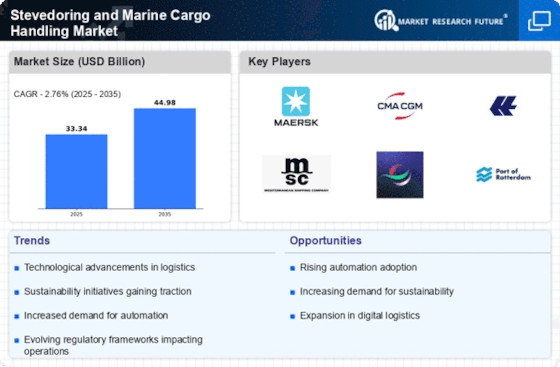
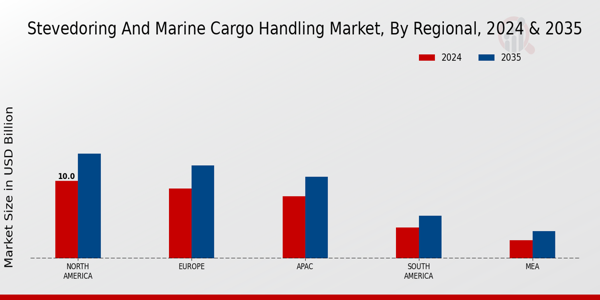



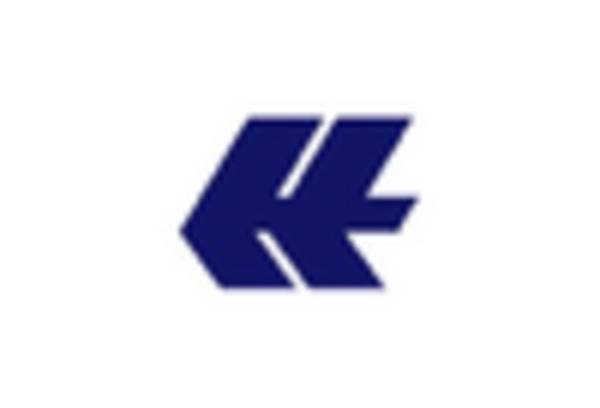
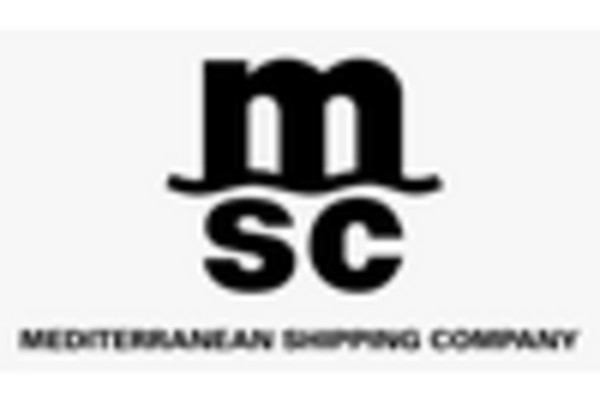
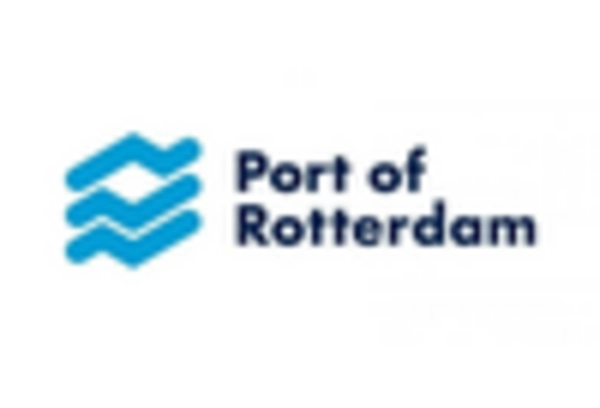








Leave a Comment